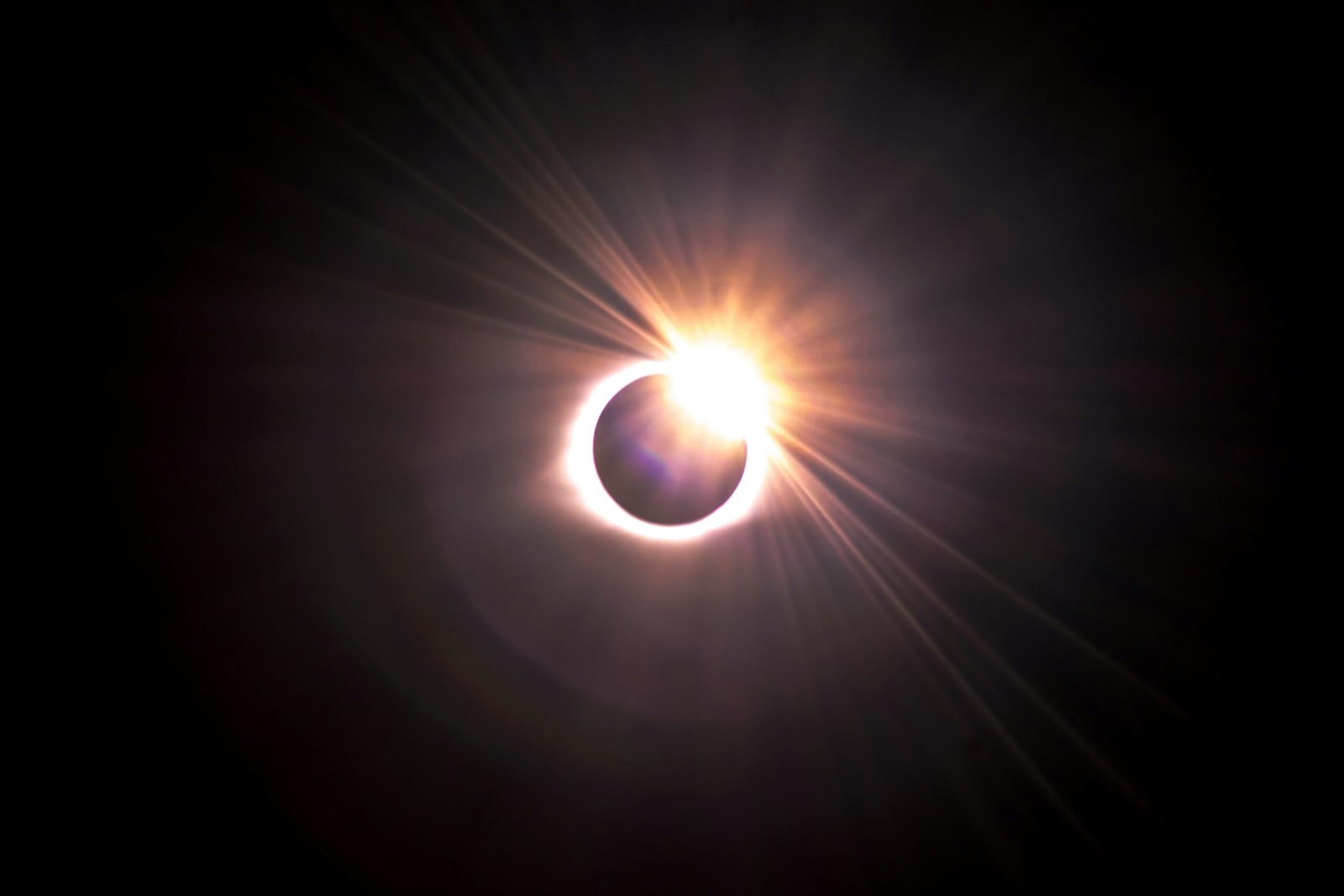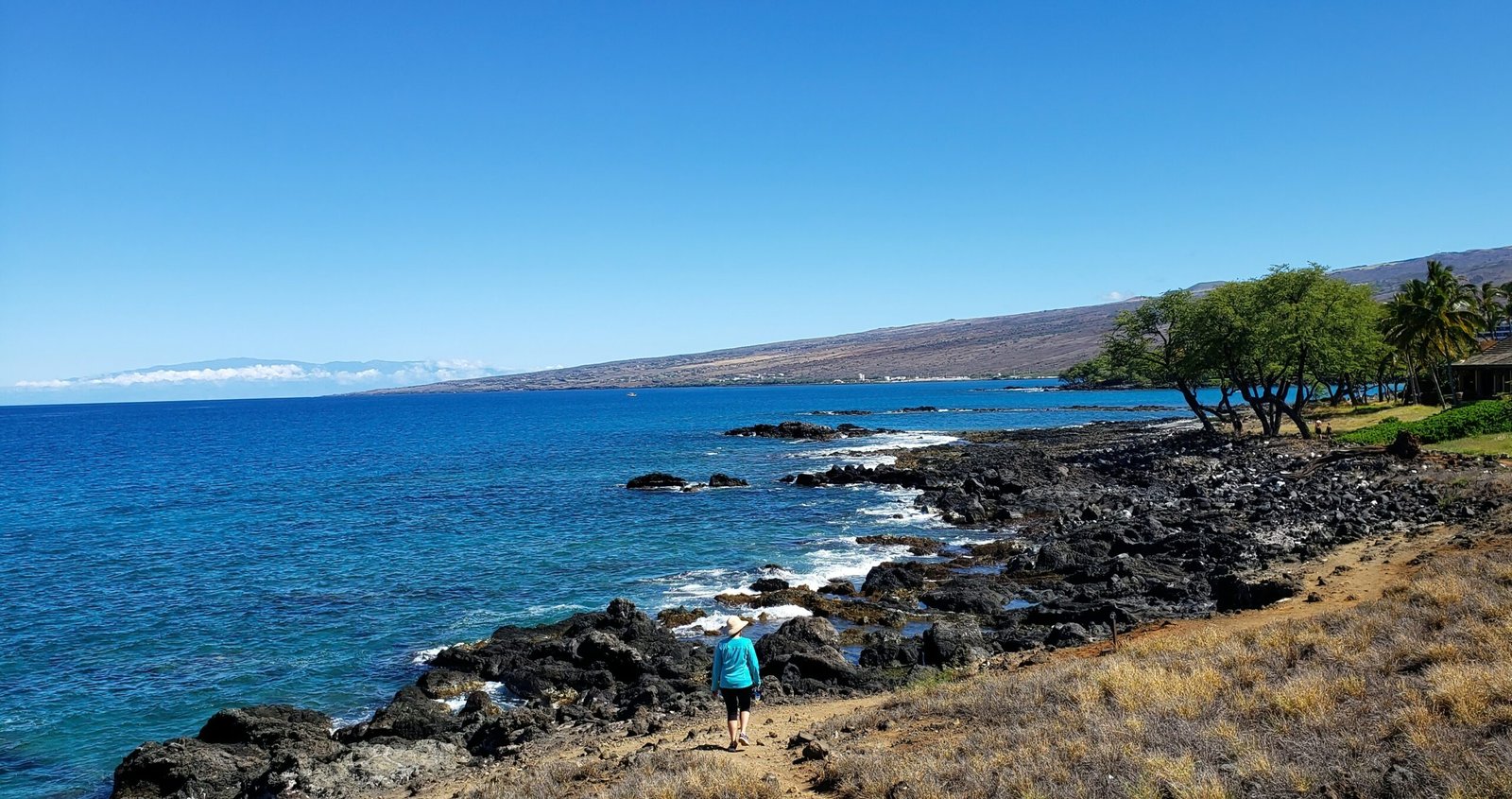A Total Solar Eclipse: What You Need to Know
On April 8, North America will witness its second total solar eclipse in seven years. This celestial phenomenon occurs when the moon passes between the Earth and the sun, casting a shadow on a portion of the Earth’s surface. As the moon glides over the sun, the world will temporarily turn dark, resembling the night sky.
The eclipse will first be visible in Mexico, then gradually move northwards, entering the United States through Texas, and finally concluding off the coast of Canada. If you have any questions about the upcoming eclipse, we are here to provide answers and offer a platform for further inquiries.
Understanding Solar Eclipses
A solar eclipse occurs when the moon aligns itself perfectly between the Earth and the sun, blocking the sun’s rays from reaching our view. This alignment is quite rare, considering that the moon is approximately 400 times smaller than the sun, but also about 400 times closer to us. As a result, when the moon and the sun align, they appear to be the same size in the sky.
There are also other types of eclipses to be aware of. An annular solar eclipse occurs when the moon is farther from Earth and appears too small to completely cover the sun’s surface. Instead, a “ring of fire” is visible as the outer part of the solar disk remains uncovered. Partial solar eclipses happen when the Earth, moon, and sun are not perfectly aligned, resulting in only a portion of the sun being obscured. In 2025, there will be two partial solar eclipses. Additionally, Earth can also come between the moon and the sun, creating a lunar eclipse, which can be observed once or twice a year.
Watching the Eclipse Safely
Before we delve further into the details of the eclipse, it is crucial to remember one important rule: never look directly at the sun during an eclipse, except for the brief moments when the moon has fully covered its surface. Looking directly at the sun can cause severe damage to your eyes. It is essential to use protective eye equipment throughout the event.
Now, let’s discuss how to safely watch a total solar eclipse. The eclipse will last for approximately two hours or more, depending on your location along the eclipse path. It will begin with a partial solar eclipse, as the moon takes a small bite out of the sun’s edge, gradually covering more of its surface. According to NASA, this partial phase can last anywhere from 70 to 80 minutes.
The phase of the eclipse where the moon completely blocks the sun’s surface is known as totality. This is the only time during the event when it is safe to view it with the naked eye. The duration of totality varies depending on your location. In April, some places will experience totality for more than four minutes, while others will only have one to two minutes of this awe-inspiring phase.
Remember, witnessing a total solar eclipse is a remarkable experience, but it is crucial to prioritize your safety. By following the proper precautions and using protective eye equipment, you can enjoy this celestial event without risking harm to your eyes. So mark your calendars for April 8 and prepare to witness the beauty and wonder of a total solar eclipse.












